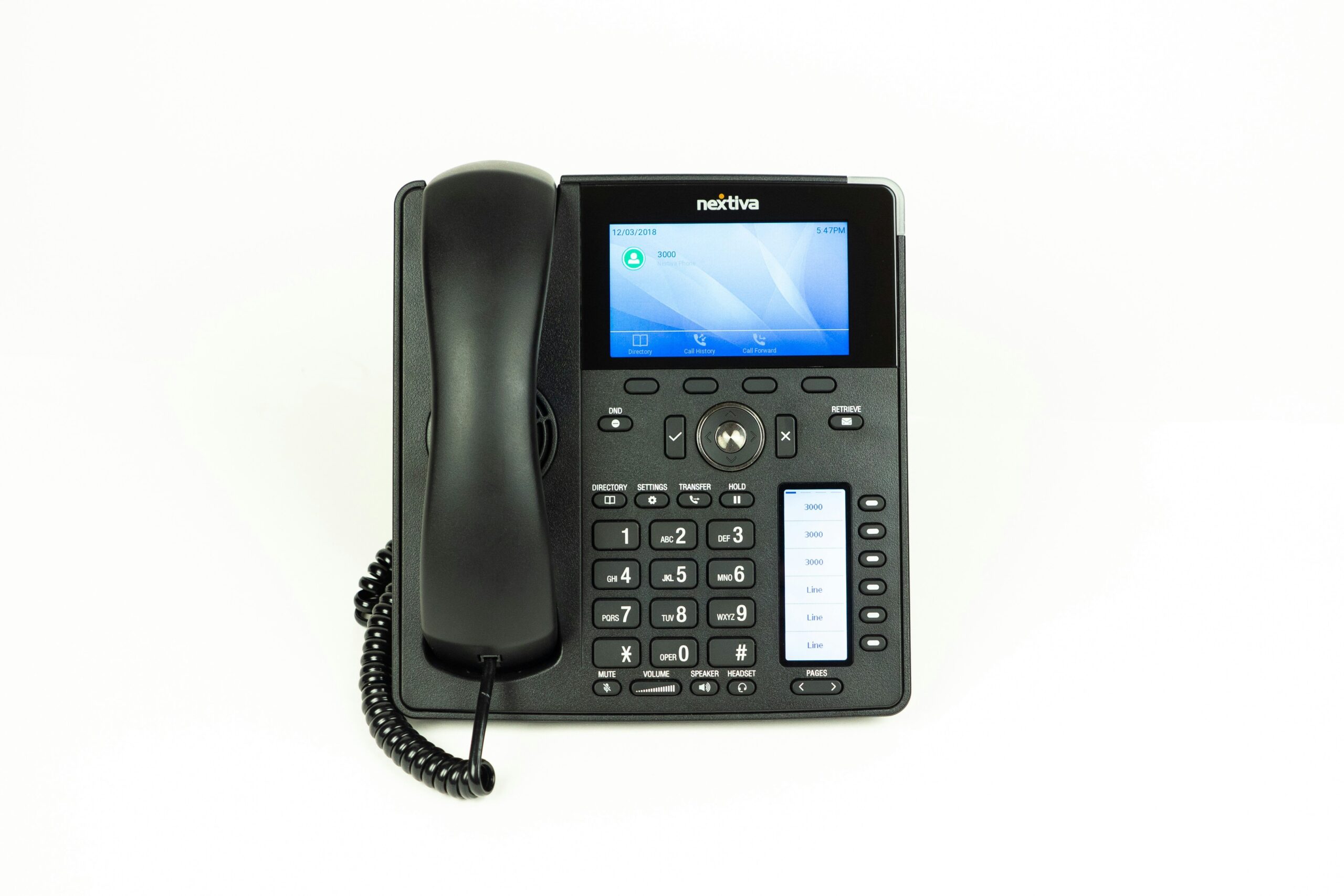Ever wondered why your team spends hours chasing missed calls or analyzing call logs manually? You’re not alone. In today’s fast-paced business world, staying on top of communication metrics is no longer a luxury—it’s a necessity. And yet, so many companies rely on outdated methods that waste time and money. But what if there was a way to streamline this process? Enter business call reporting tools, the unsung heroes of modern productivity.
In this post, we’ll dive deep into the magic of these tools. By the end, you’ll understand how they work, why you need them, and which options are worth your investment. Spoiler alert: It includes actionable steps, real-world examples, and some brutally honest advice about tool overload.
Table of Contents
- The Problem with Manual Call Tracking
- How to Choose the Right Tool for Your Team
- 5 Pro Tips for Maximizing Business Call Reporting Tools
- Real-World Success Stories
- Frequently Asked Questions About Call Reporting Tools
Key Takeaways
- Business call reporting tools provide actionable insights to optimize customer interactions.
- Automating call analysis saves time and reduces human error.
- Choosing the right tool requires understanding your unique needs and budget.
- Examples show significant improvements in efficiency when using advanced reporting tools.
The Problem with Manual Call Tracking
I’ll admit it—I’ve been guilty of exporting Excel sheets full of call data just to find out who answered what last quarter. Ugh. The reality? Without proper systems, call tracking becomes chaotic, leading to:
- Missed opportunities from poor follow-ups.
- Poor visibility into performance metrics.
- Frustrated teams drowning in manual tasks.

This sounds like nails on a chalkboard, doesn’t it? Now imagine having software designed specifically to handle all those headaches seamlessly…
How to Choose the Right Tool for Your Team
Optimist You: “There are tons of amazing business call reporting tools out there!”
Grumpy You: “Yeah, but good luck finding one that actually fits my budget AND has decent support.”
It’s true—choosing the perfect fit can feel overwhelming. Here’s a step-by-step guide to simplify things:
Step 1: Define Your Goals
Ask yourself: What do I want from a call reporting tool? Increased sales? Better agent performance? More accurate billing? Knowing exactly what you’re solving will narrow down your choices.
Step 2: Assess Key Features
Make sure the tool offers:
- Customizable dashboards.
- Detailed analytics, including call duration, abandonment rates, and conversion tracking.
- Integration with CRM platforms like Salesforce or HubSpot.
Step 3: Evaluate Scalability
Will this tool still work as your company grows? Look for scalability features before committing.

Step 4: Test Customer Support
If their pre-sale support isn’t great, expect frustration later. Trust me; I once bought a subscription only to wait days for tech help during an outage. OOF.
Step 5: Compare Pricing Plans
Don’t get lured in by shiny bells and whistles if the price tag gives you heartburn. Balance functionality with affordability.
5 Pro Tips for Maximizing Business Call Reporting Tools
- Automate Reports: Save time by setting up automated daily/weekly reports.
- Focus on Metrics That Matter: Not every statistic is valuable. Identify KPIs aligned with your goals.
- Train Your Staff: Make sure everyone knows how to use the tool effectively.
- Combine Tools Wisely: Pair your call reporting tool with other productivity apps for seamless workflows.
- Review Data Regularly: Consistent monitoring ensures issues are caught early.
Real-World Success Stories
Let’s talk numbers because nothing screams “success” like actual ROI stats!
Case Study #1: ABC Sales Company
Before implementing a call reporting tool, they struggled with low lead conversion rates and inconsistent follow-ups. After adopting [Tool Name], they saw:
- +30% increase in qualified leads.
- -25% reduction in unanswered calls.
- +15% higher agent productivity.

Case Study #2: XYZ Retailer
XYZ Retailer reduced operational costs by $50k annually simply by switching to a cloud-based reporting system that eliminated manual grunt work. Cha-ching!
Frequently Asked Questions About Call Reporting Tools
Q: Are business call reporting tools expensive?
A: Prices vary widely based on features and scale. Many affordable entry-level plans exist, making it accessible for small businesses too.
Q: Can I integrate these tools with existing systems?
A: Most reputable tools offer integrations with popular CRMs, email platforms, and even project management tools.
Q: Do I really NEED this tool?
A: Honestly, no tool fixes bad habits overnight. However, if inefficient processes are killing your productivity (or sanity), then yes—it might be worth exploring.
Conclusion
Business call reporting tools aren’t just fancy extras—they’re essential weapons in the fight against inefficiency. By choosing wisely and leveraging their power properly, you can transform how your team communicates and succeeds.
So go ahead, take control of your calling data. Just promise me you won’t make the same mistakes I did (like ignoring customer reviews). Got it? Great.
P.S. Like a Tamagotchi, your strategy needs daily care. Keep experimenting, tweaking, and optimizing until it’s chef’s kiss perfection.


